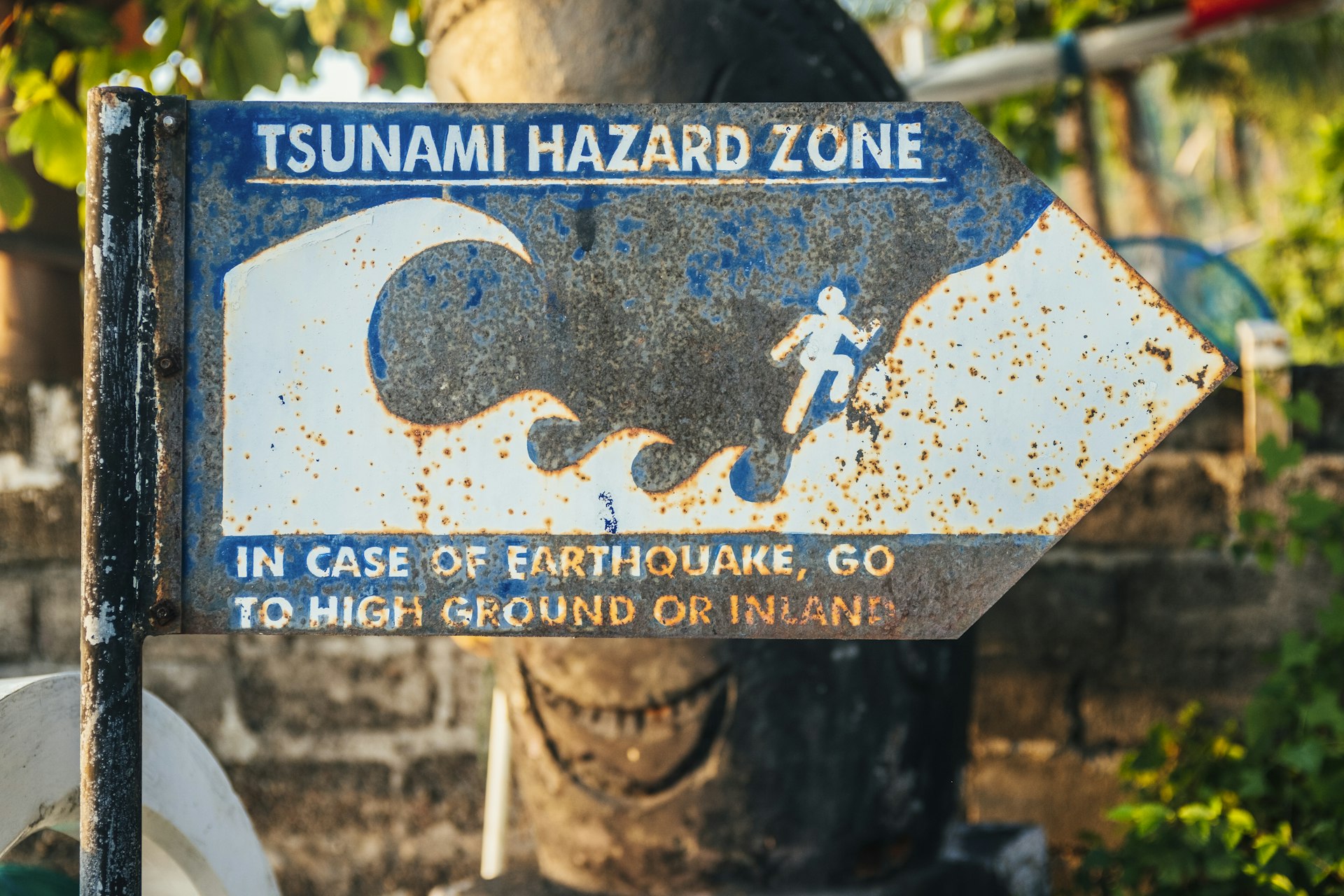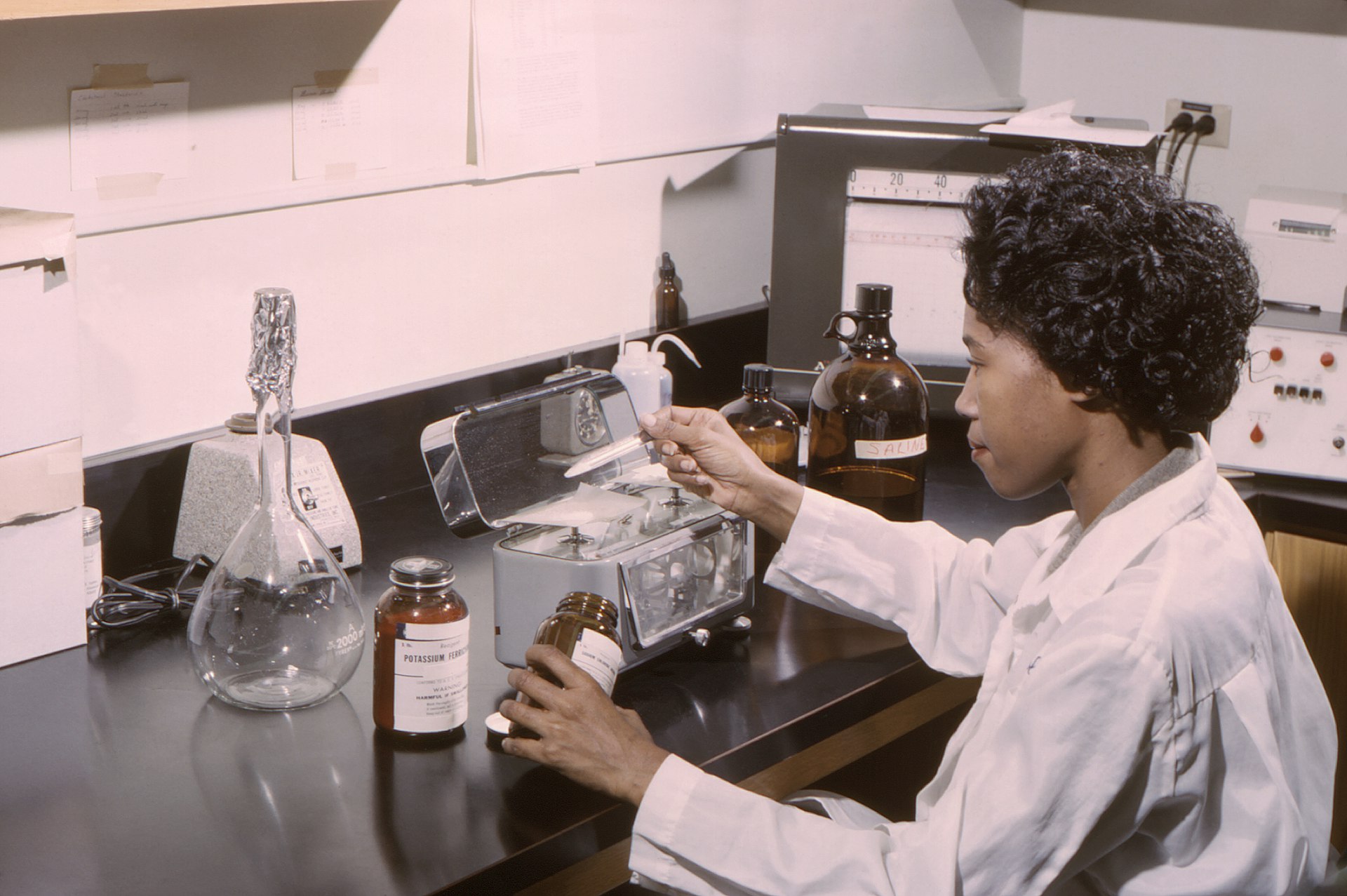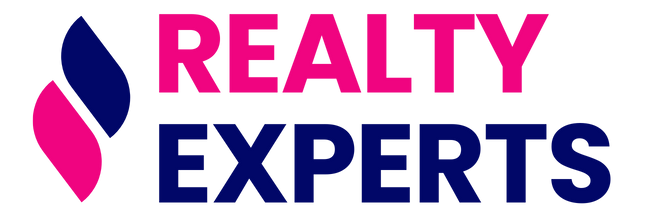Unlocking High-Performing Teams: How Psychology Shapes Team Dynamics and Drives Results

Photo by Raspopova Marina on Unsplash
Introduction: Why Psychology Matters in Team Dynamics
Team dynamics-the psychological forces and behavioral patterns that shape how people collaborate-are the backbone of organizational performance. Whether in business, sports, or creative industries, the way individuals interact determines everything from productivity to innovation. The study of psychology offers robust frameworks to understand and optimize these dynamics, enabling leaders and members alike to build stronger, more effective teams. In this guide, you’ll learn how psychological principles like trust, emotional intelligence, and conflict resolution directly impact team success, along with practical steps to harness these insights for your own group or organization [1] .
Understanding Team Dynamics: The Psychological Foundation
At its core, team dynamics refers to the complex interplay of attitudes, behaviors, and relationships among group members. Psychology provides the tools to analyze these interactions and reveal hidden drivers of group performance. Foundational concepts include:
- Social identity theory: People derive self-worth from group membership, influencing loyalty and cohesion.
- Groupthink: The pressure to conform can suppress dissent and creative solutions, sometimes leading to poor decisions.
- Cognitive diversity: Teams with varied perspectives are better equipped to solve complex problems and innovate effectively [1] .
Understanding these psychological principles allows leaders to proactively shape team culture and performance.
Key Psychological Drivers of Effective Teamwork
Trust and Psychological Safety
Trust is essential for open communication and willingness to share ideas. Without trust, teams struggle to collaborate or embrace risk. Psychological safety -the belief that one can speak up without fear of retribution-encourages honest feedback and innovation. Studies show teams with high psychological safety outperform those without, as members feel empowered to contribute and challenge assumptions [2] .

Photo by Walls.io on Unsplash
Implementation: Leaders and HR professionals can boost trust by modeling transparency, following through on commitments, and facilitating regular check-ins. For psychological safety, encourage active listening, recognize contributions, and address negative behaviors promptly. If you are unsure how to begin, consider reaching out to your organization’s HR department or searching for “psychological safety training for teams” to find expert-led workshops or online resources.
Communication and Conflict Resolution
Open, honest communication is vital for aligning goals, sharing information, and resolving misunderstandings. Teams that communicate effectively are more likely to identify issues early and adapt to change. Conflict resolution skills are equally important; unresolved tension can erode morale and productivity. Psychology-based conflict management strategies include active listening, reframing disagreements, and collaborative problem-solving [3] .
Practical Steps: Implement regular feedback sessions and set clear protocols for addressing conflicts. Consider training team members in nonviolent communication or mediation techniques. Many organizations offer internal mediation programs-contact your HR team for options. If such resources aren’t available, search for “workplace conflict resolution coaching” in your region for certified professionals.
Emotional Intelligence and Leadership
Emotional intelligence (EQ) is the ability to recognize, understand, and manage one’s own emotions and those of others. Leaders with high EQ foster greater empathy, adapt their leadership styles, and build stronger relationships. Research links high EQ with improved team satisfaction, reduced turnover, and better performance [4] .
How to Develop EQ: Leaders and team members can develop EQ through self-reflection, 360-degree feedback tools, and targeted training. Many professional coaching services offer programs in emotional intelligence-ask your employer about available options or search for “emotional intelligence corporate workshops” from established providers like the Center for Creative Leadership or Korn Ferry.
Practical Strategies for Improving Team Dynamics
Assessing Team Strengths and Weaknesses
Conducting regular assessments helps identify both strengths and areas for improvement. Tools like personality inventories (e.g., Myers-Briggs Type Indicator, DISC) or team surveys can offer insights into working styles and potential friction points [1] . To get started, you can request your HR department to facilitate a team assessment, or search for “team dynamics assessment tools” for reputable options. Always choose assessments from recognized organizations and avoid unverified sources.
Building a Cohesive Team Culture
Effective team culture is built over time through shared values, rituals, and leadership modeling. Key steps include:
- Co-creating team norms and principles
- Celebrating achievements and recognizing individual contributions
- Regular team-building activities, both in-person and virtual
Many organizations partner with external consultants for team culture workshops. If you lack internal resources, search for “team culture facilitator” or “corporate team-building consultant” in your area, and review credentials before engaging services.
Leveraging Diversity for Innovation
Psychological research repeatedly finds that diverse teams outperform homogeneous groups, especially in problem-solving and innovation. However, diversity can only become a strength when inclusion is prioritized-every voice must be heard and respected [1] . Leaders can foster inclusion by rotating meeting facilitators, soliciting input from quieter members, and establishing ground rules for respectful debate.
To promote diversity, you can collaborate with your HR or Diversity & Inclusion office to implement structured practices. If your organization does not have such a department, search for “inclusion best practices for teams” from reputable sources like the Society for Human Resource Management (SHRM).
Overcoming Common Team Challenges: Solutions and Alternatives
Common challenges in team dynamics include lack of clarity, interpersonal conflicts, and resistance to change. Psychology offers proven strategies to address each:
- Lack of clarity: Set clear goals, define roles, and regularly review progress. Use project management tools and ensure all members understand expectations.
- Interpersonal conflict: Intervene early with mediation or facilitated dialogue. If needed, bring in an external expert specializing in organizational psychology.
- Resistance to change: Communicate the rationale behind decisions, involve team members in planning, and acknowledge concerns. Change management coaches can be valuable-search for “organizational change consultant” for established providers.
For additional support, consider enrolling key team members in online courses on team dynamics or organizational psychology. Many universities and professional bodies offer such programs. Reference the official websites of accredited institutions for enrollment details.
Accessing Professional Services and Resources
If your organization is seeking to optimize team dynamics using psychological principles, there are several avenues to explore:
- Internal HR and Training: Contact your Human Resources or Learning & Development department to inquire about current programs in team building, conflict resolution, or leadership training.
- External Consultants: Search for “organizational psychology consultant” or “team dynamics coach” from reputable consulting firms. Always verify credentials and client reviews before engagement.
- Professional Associations: The American Psychological Association (APA) and the Society for Industrial and Organizational Psychology (SIOP) provide directories of certified professionals and research-backed resources. Visit their official websites and use the internal search feature for “team dynamics” or “organizational psychology services.”
- Academic Programs: For advanced learning, many accredited universities offer certificates and degrees in industrial-organizational psychology. Visit university websites directly or search for “I/O psychology programs” from accredited schools.
If you encounter challenges accessing these resources, consider contacting your industry’s professional body or searching for “team development workshops” in your geographic area, reviewing only those with verified credentials and positive feedback.
Summary: Key Takeaways and Next Steps
Psychology is central to understanding and improving team dynamics. By focusing on trust, communication, emotional intelligence, and inclusion, organizations can unlock the full potential of their teams. Actionable next steps include assessing your current team environment, investing in training and professional guidance, and fostering a culture of learning and growth. For further support, leverage your HR department, credible professional organizations, or academic institutions specializing in organizational psychology. Always ensure any external service provider holds proper credentials and positive references before making a commitment.
References
- [1] TalentSelect (2023). Developing Teams with Psychological Insights.
- [2] The Mental Game (2022). The Psychology Behind Successful Team Dynamics in the Workplace.
- [3] ICert Global (2023). The Psychology of Team Dynamics: Building Strong Teams.
- [4] Deliberate Directions (2023). The Psychology of Team Dynamics for Corporate Leaders.
MORE FROM realtyexperts.ai













